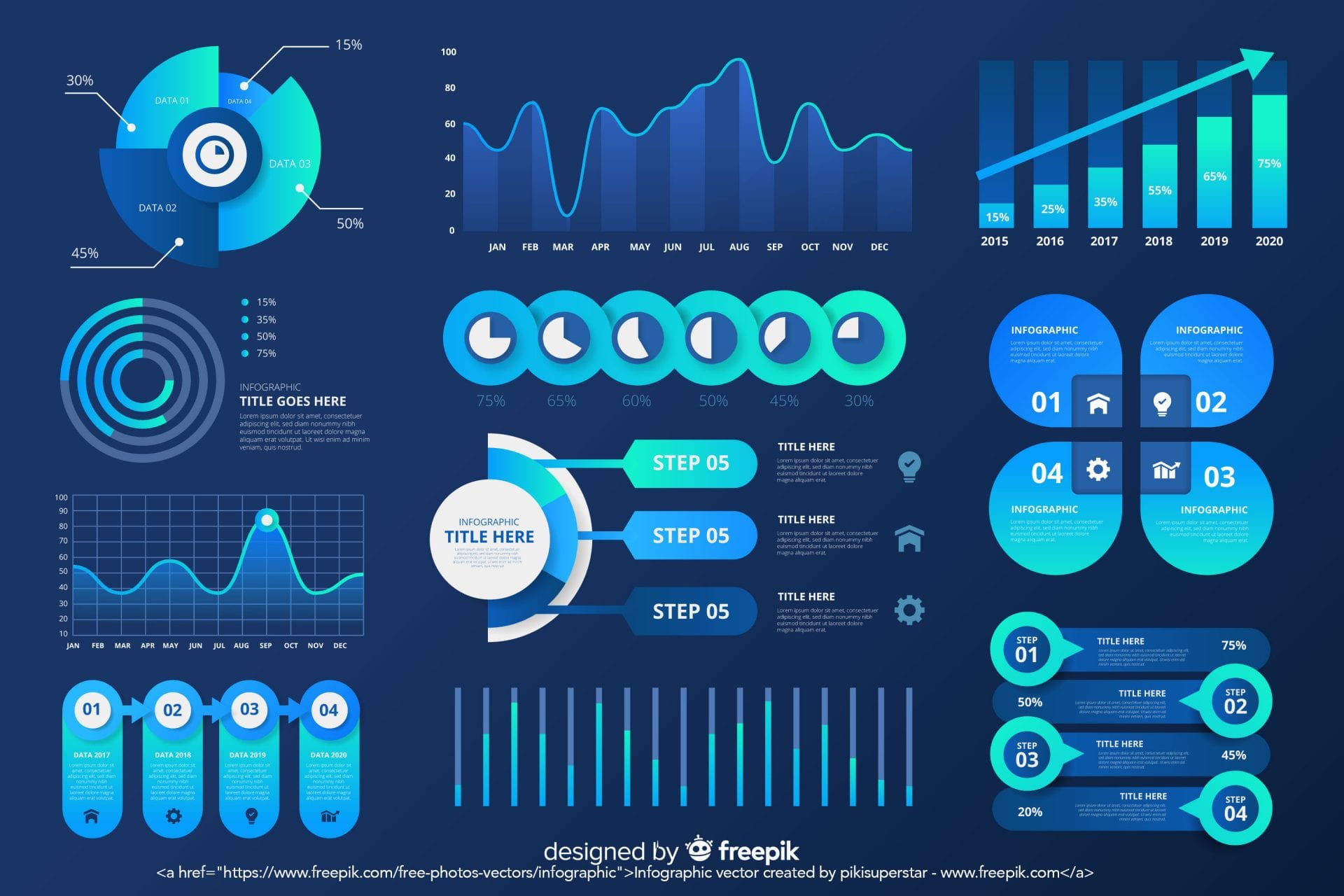By the Numbers: The CCN Community of Practice
Each spring, the National Convergence Technology Center (CTC) asks for impact data from the 76 colleges in its “Convergence College Network” (CCN) community of practice. This information forms an important part of the grant reporting the CTC provides both to the National Science Foundation and to the annual National Visiting Committee review panel.
Out of 76 CCN colleges, 36 (49%) submitted detailed reports, which provides a useful snapshot of these IT programs across 17 states that the CTC supports with training, resources, and networking opportunities.

These 37 colleges reported…
- 23,152 enrollments in fall 2019
- 5,749 completions (2,167 degrees and 3,582 certificates) in 2019 – that’s a jump from the 3,704 completions reported by 36 CCN colleges in 2018
- 137 articulation agreements (49 high-school-to-community-college agreements serving 1100 students and 88 community-college-to-four-year-university serving 2000 students)
- 815 students participating in industry internships, almost all of them for paid and/or credit
Beyond those broad program numbers, the CTC keeps a close eye on adoption of “BILT model” elements. This idea – that business and industry leaders must co-lead a program to ensure students are learning the skills the workforce demands – is the cornerstone of the CTC grant. Put simply, engaged employers that regularly meet with educators and help steer the curriculum will develop an ownership of the program and will be more likely to hire graduates. The CCN member colleges reported a cumulative total of 527 active local BILT members (119 of those were added in 2019).
Below you’ll find a look at the adoption rate of the “BILT model” as reported by those 37 CCN member colleges. Things seem to be improving; all of these percentages are higher than the previous year.
- 35 (95%) invite faculty to their BILT meetings can they can hear feedback and recommendations directly from the BILT
- 34 (92%) feature trends discussion at BILT meetings so faculty can hear about where the industry is going
- 31 (84%) report back to the BILT on what they can or cannot do to make sure the BILT feels valued and heard and also provide the BILT a chance to solve problems
- 31 (84%) reported that program and/or course changes were made based on BILT recommendations to keep curriculum current with industry needs
- 28 (76%) convene their BILT at least twice a year to boost engagement and strengthen the connections (seven of those hold three or more meetings a year)
Learn more about the “BILT model” by downloading this toolkit or this two-page brochure.
